Merry Christmas, Everyone!
Our time thus far in Panama has been very nice, particularly the warmth! It’s been very warm; for some, perhaps too much (always over 30), but for us we absolutely love it!
Our time began in Panama City. The country of Panama links Central and South America. The Panama Canal, which many of us have heard of, is a famous feat of human engineering and cuts through the center of Panama, linking the Atlantic and Pacific oceans to create an essential shipping route. Panama City has a population of just over 4M and consists of modern skyscrapers intermixed with colonial buildings in the Casco Viejo district and the rainforest of Natural Metropolitan Park.
We ventured out for a walking tour of the city. There was great significance when we arrived as we were a day away from the anniversary of the US-led invasion of Panama. On December 20th, 1989, President George H.W. Bush launched “Operation Just Cause” to execute an arrest warrant against Panamanian leader, Manuel Noriega, on charges of drug trafficking. The result, to the Panamanian people, was catastrophic. The intense invasion led by over 9,000 US troops continued to fire from air and sea, specifically targeting the heavily populated civilian area. Today, many of the ruins are left standing as a reminder to what transpired. The US states that approximately 500 people died. The Panamanian people, along with photographs and video footage, express this number to be into the thousands.
Following this we took a tour of the San Blas Islands of Panama. About a 2-hour car ride plus an hour in the boat. These islands, totalling 365, lie off the north coast, east of the Canal. Approximately 49 of these islands are inhabited by the indigenous Guna people. It’s an autonomous region so we were required to bring our passports as Panamanian government has no authority there. Each community has its own political organization, led by a Saila (pronounced, “sighlah). The Saila is traditionally both the political and religious leader of the community.
We visited three of these islands; Pero Chico, Isla Diablo, Isla Chichime. So stunning with breathtaking beauty both approaching them by boat and when we set foot on them. Often covered with palm trees for shade, we saw some local crafts and indigenous people in their regular garb. Our last stop of the day we visited the “natural pool” of Panama. A natural sandbar in the middle of the ocean with water depths of 1-4’ but what is most spectacular here is the amount of starfish! Pristine clear waters over nothing but white-sands makes this a paradise in the middle of the Gulf of Mexico, a paradise in of itself.
Our next stop was the Westin Playa Bonita, about 20 minutes from Panama City. The Pacific Ocean and lush tropical rainforests are only steps away from our door. Although we’re not heavy resort people, it does offer three infinity-edge pools (a nice adult-only section), six restaurants and a spa. A massive resort indeed. It is also about 30 minutes from the Miraflores Locks, which we toured yesterday.
Miraflores is the name of the one of the three locks that form part of the Canal and the name of the small lake that separates these locks from the Pedro Miguel Locks upstream. In these locks, vessels are lifted (or lowered) 54 feet in two stages. There are two independent transit lanes, since each lock is built double. There was the Panama Canal expansion project, which began in 2007 and completed in May 2016 which now allows greater cargo capacity than the previous locks were capable of. No pumps are used in the Canal, the water does its work by force of gravity alone. Water is admitted or released through giant tunnels, eighteen feet in diameter, running lengthwise within the center and side walls of the locks.
The lock gates, or miter gates as they are known because they close in a wide V, are the Canal’s most dramatic moving parts. They swing like double doors with the hollow, watertight construction making them easier to move. Most gates are 64’ high by 7’ thick. The Miraflores locks are 82’ high due to the extreme variation in the Pacific tides. A miter gate can weigh up to 730 tons, which is comparable to that of more than 300 elephants. It’s truly a phenomenal feat they have constructed which we bore witness to with a massive cargo ship carrying over 150,000 tons. It’s amazing to witness the process of how a ship comes through. First off, all ship captains must relinquish control of their vessel to a Canal Captain (one would suspect this has prevented any catastrophe over the years). The ship is guided into the canal by push tug boats, then attached to electric trains on each side, front and back, where the cables can be adjusted to ensure these massive vessels stay in position. They’re towed along through the chambers until their release. Truly spectacular.
Tomorrow we head out for the town of David…don’t think for a moment that there wasn’t some ego built into the planning of going to this town 😉
David (pronounced, Dah-beed) is a city in the western part of Panama. It was named after King David from the Bible and is the capital of the province of Chirqui with a population of about 144,000. A relatively affluent city and very low unemployment, it is centrally located in the west which will allow us a home base as we tour that area of the country. Will look forward to writing more after the next leg of our journey.
Love to all.
D&D
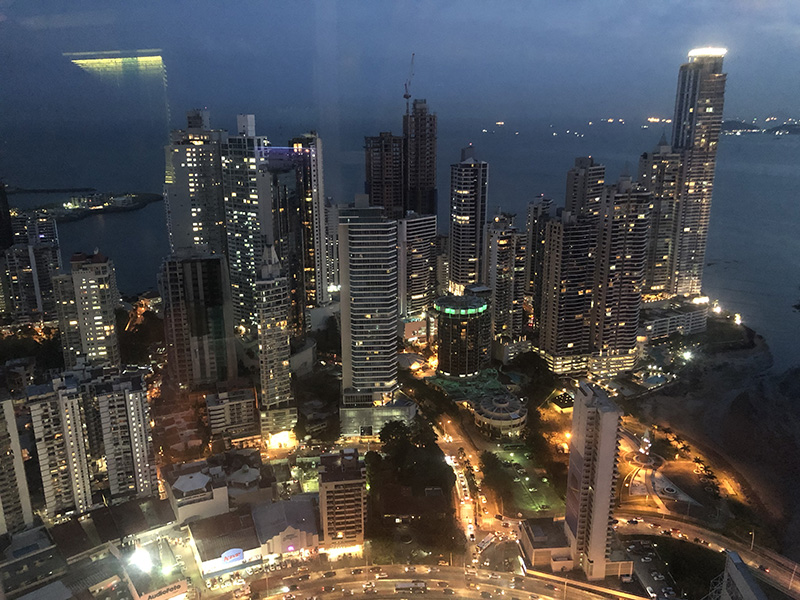

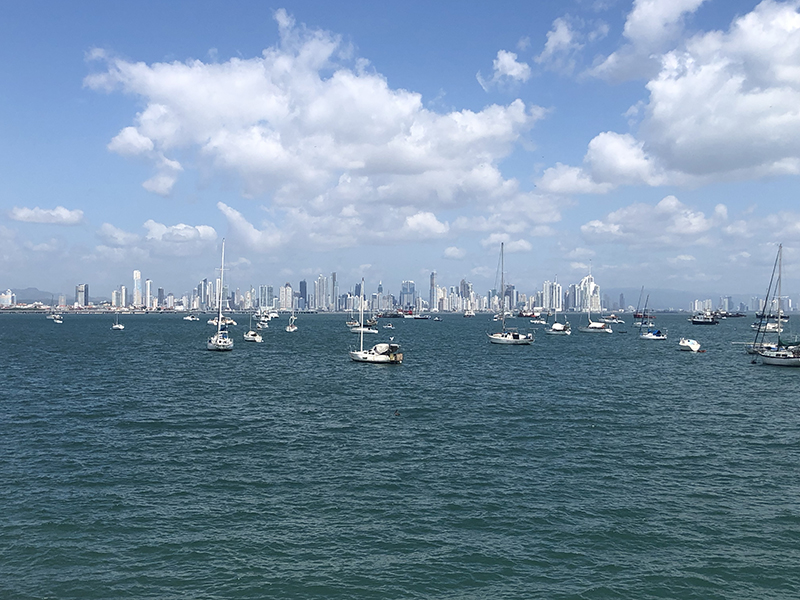
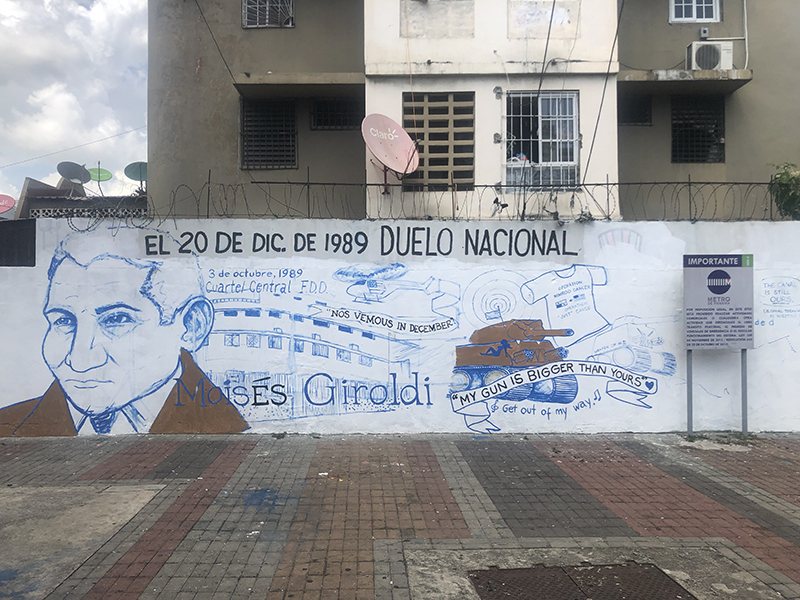


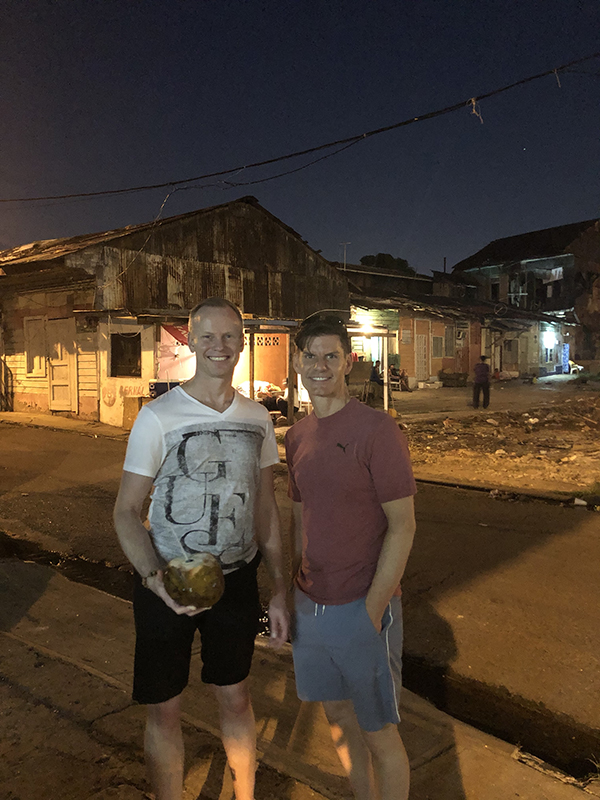
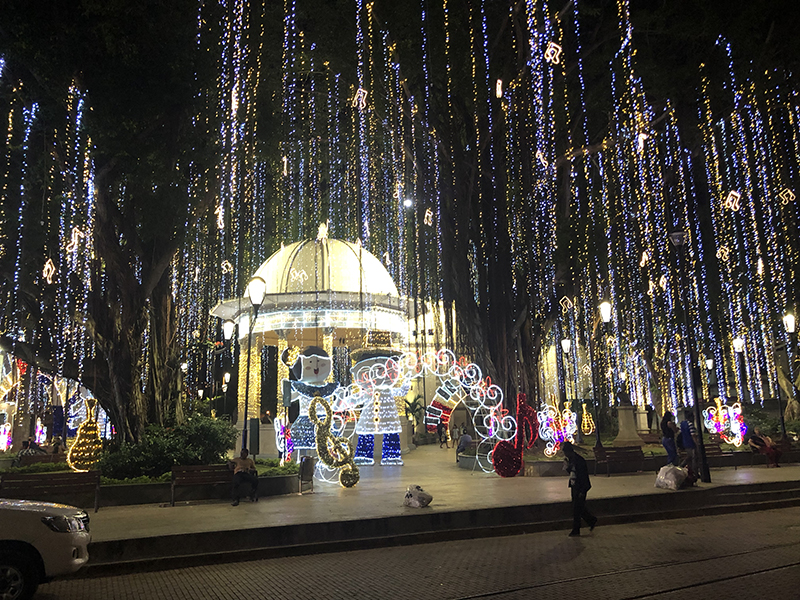
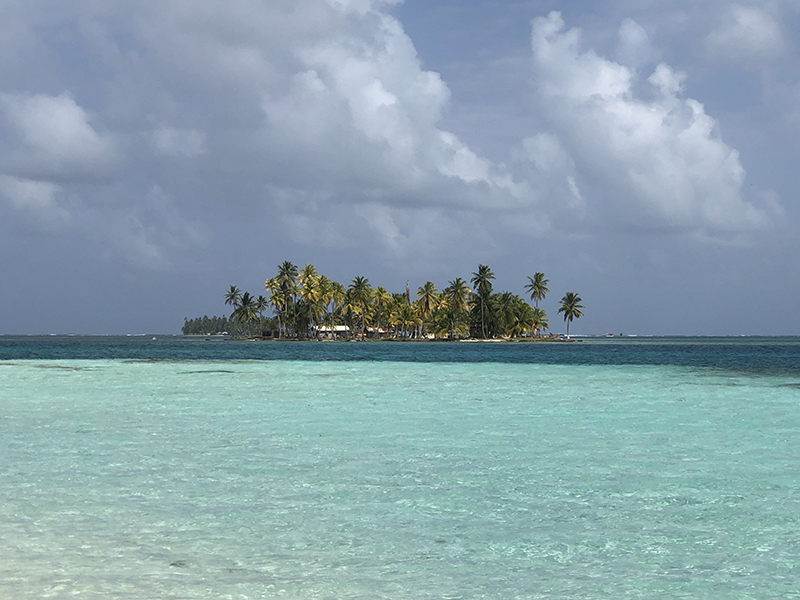
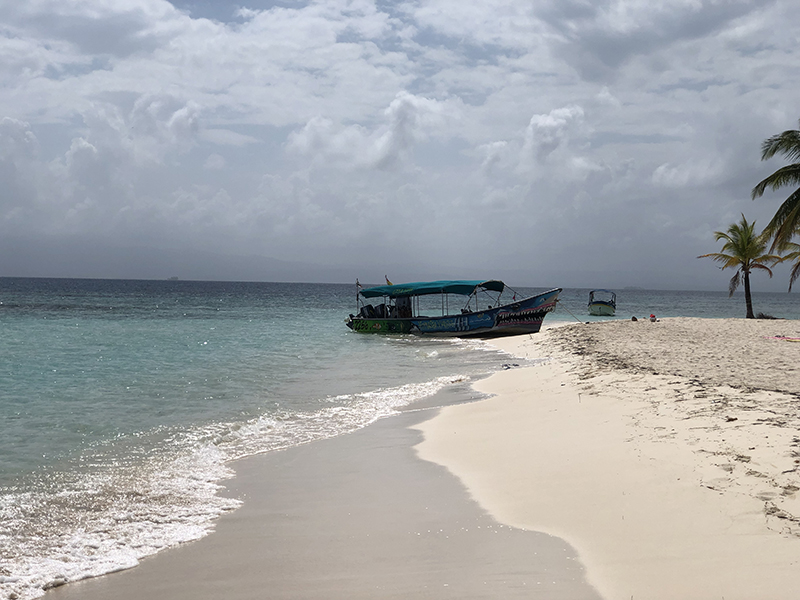
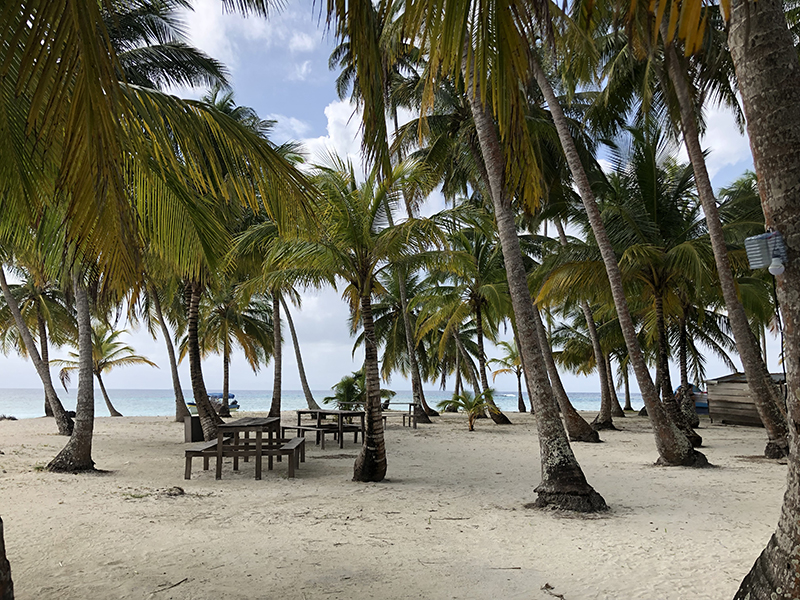

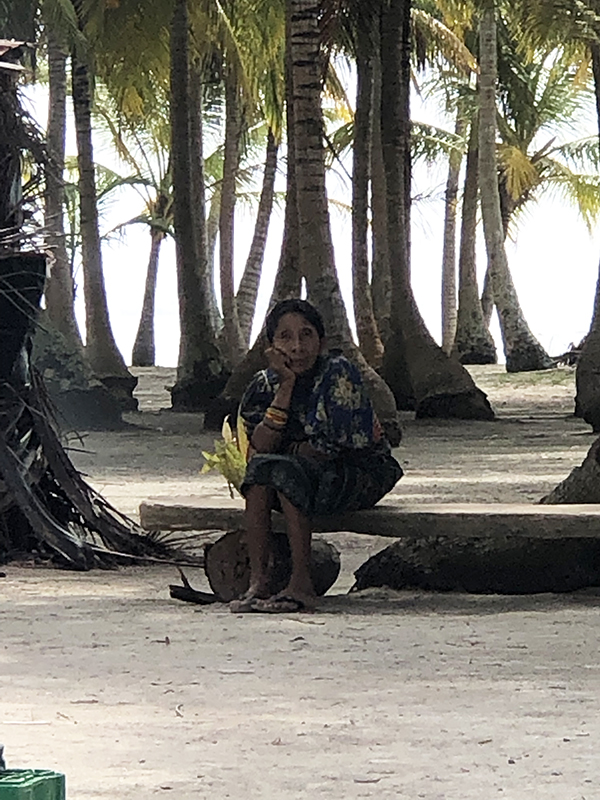
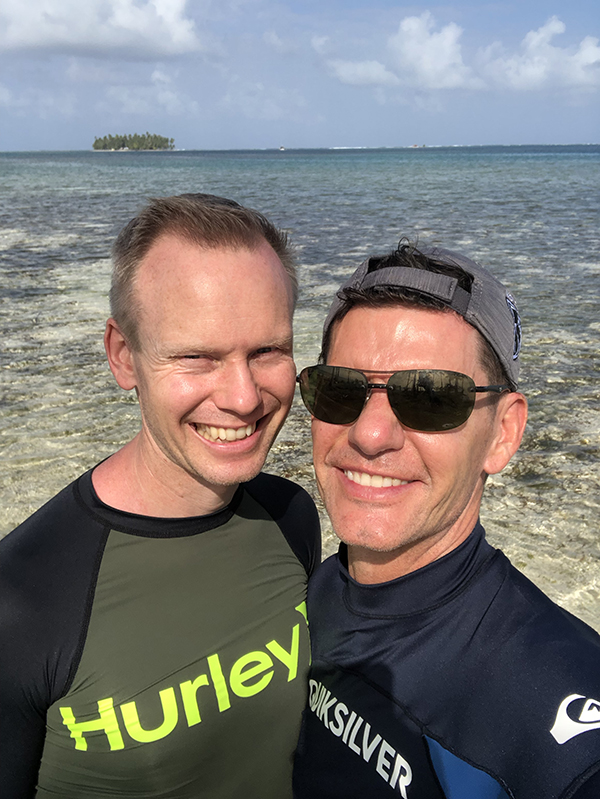
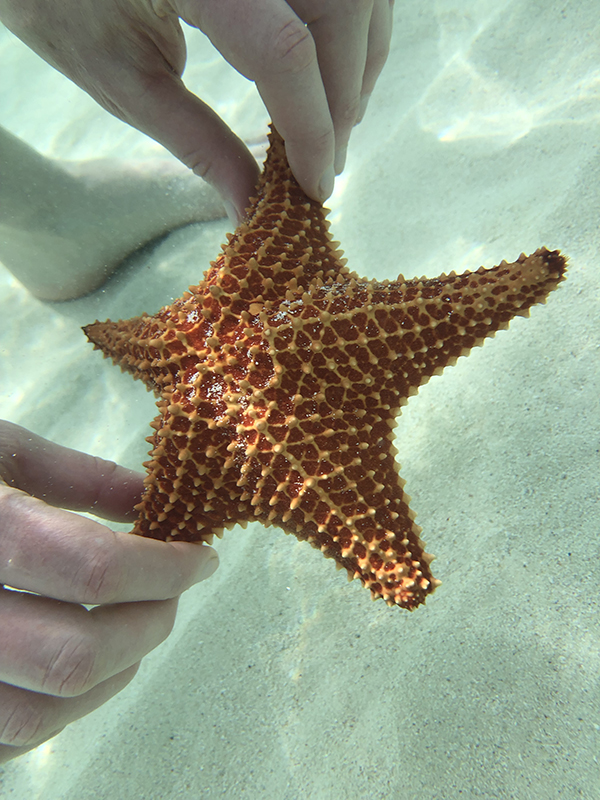
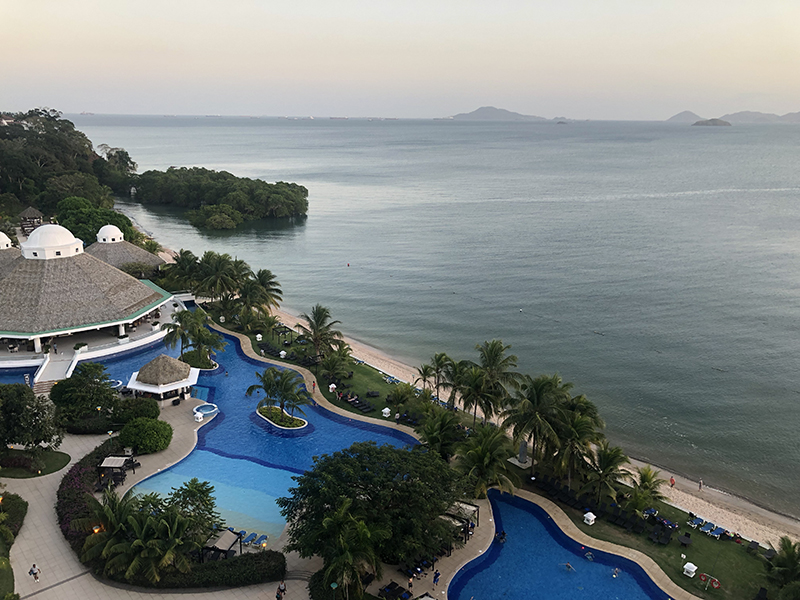
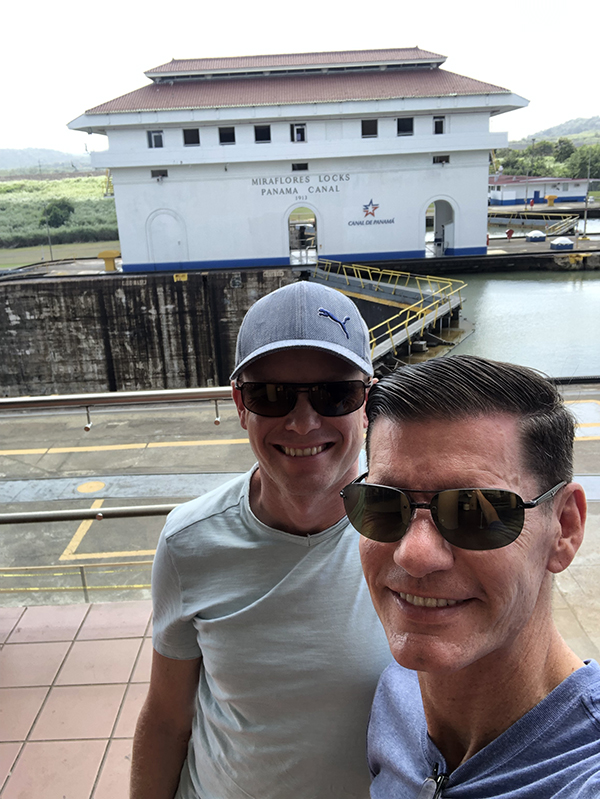
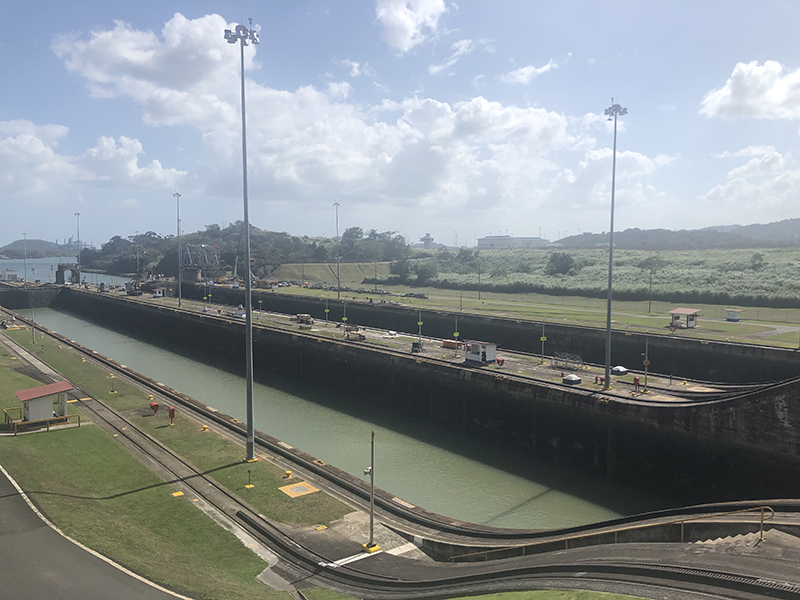
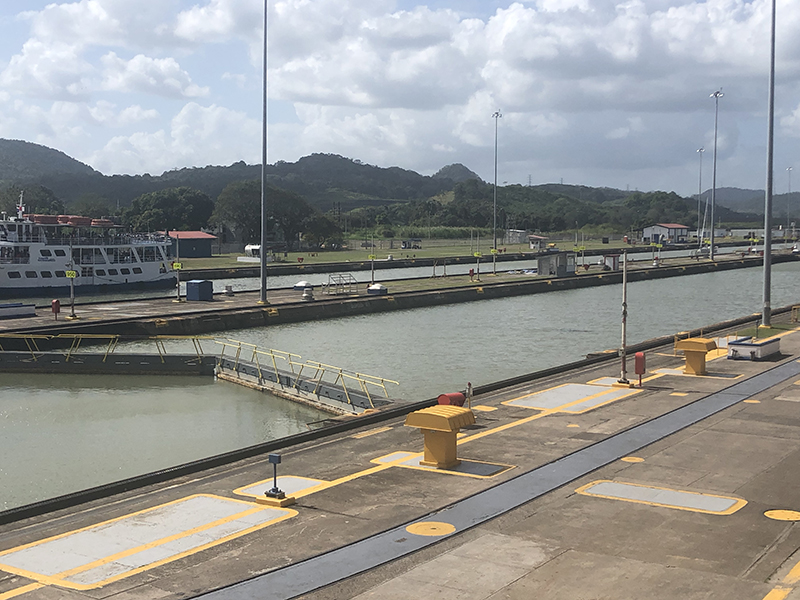

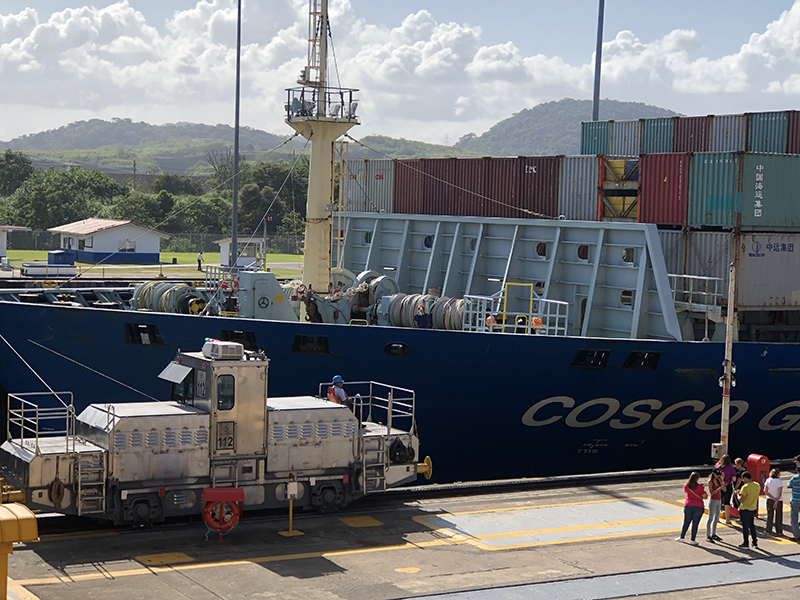
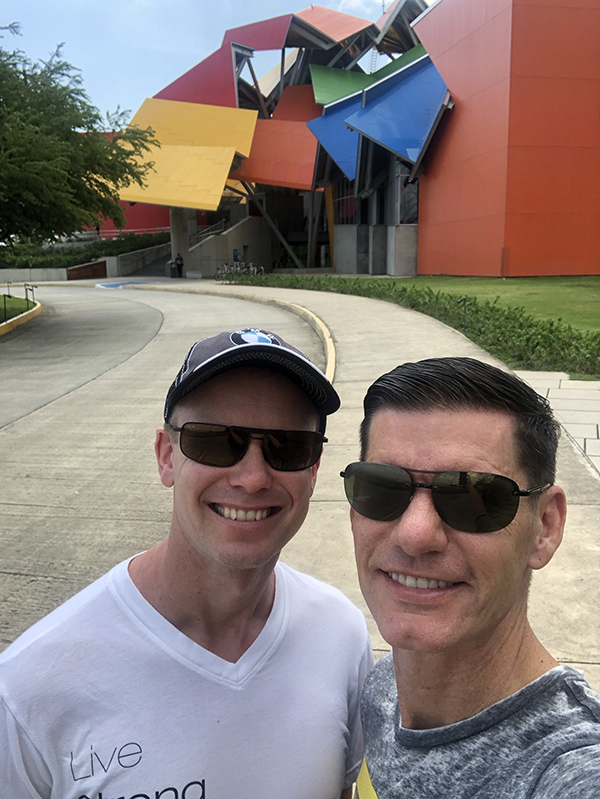
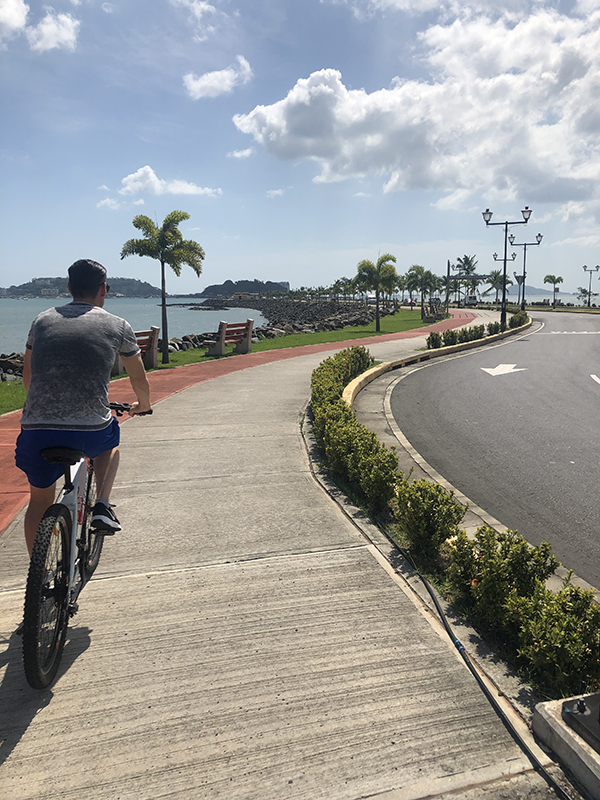

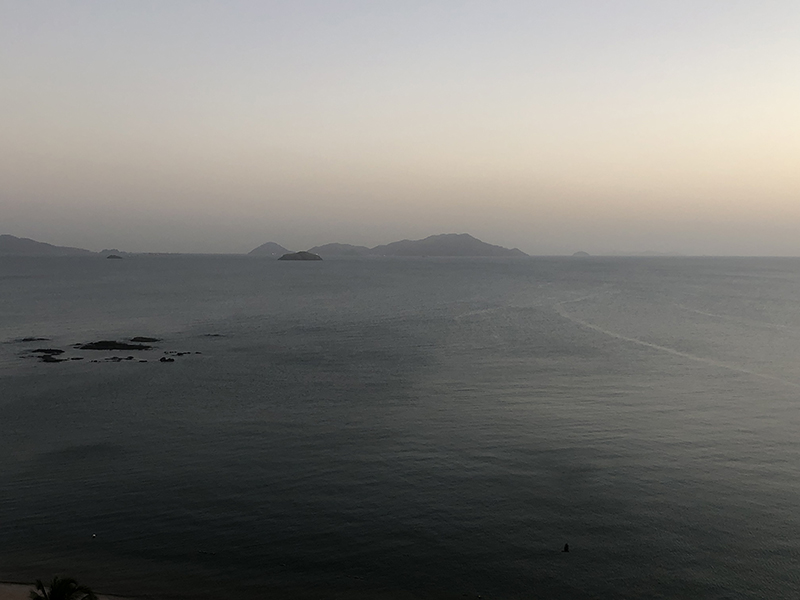
Great time so far!
I feel like I am on the trip with you! The “blog” was so interesting because as always, it was so well written. Until now I have never been there. Loved the pictures. I made sure Bartley saw the pictures of both of you and I am positive he was excited to see you! Looking forward to reading more. Love from Bartley and Barbara
Fantastic. Love your notes.happy new year to you both. Safe travels.